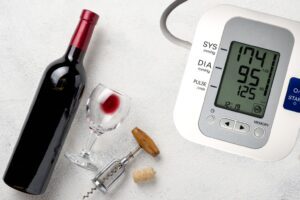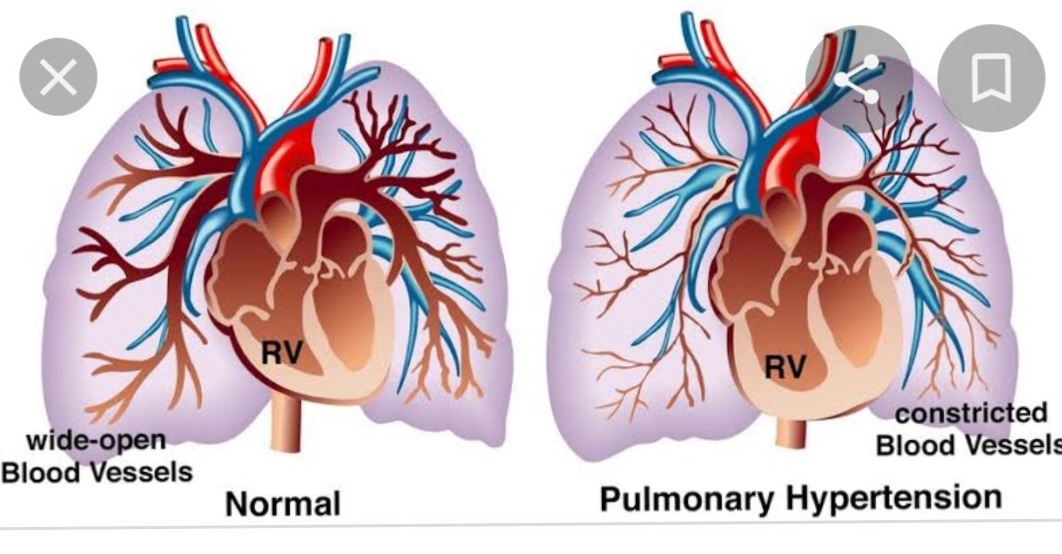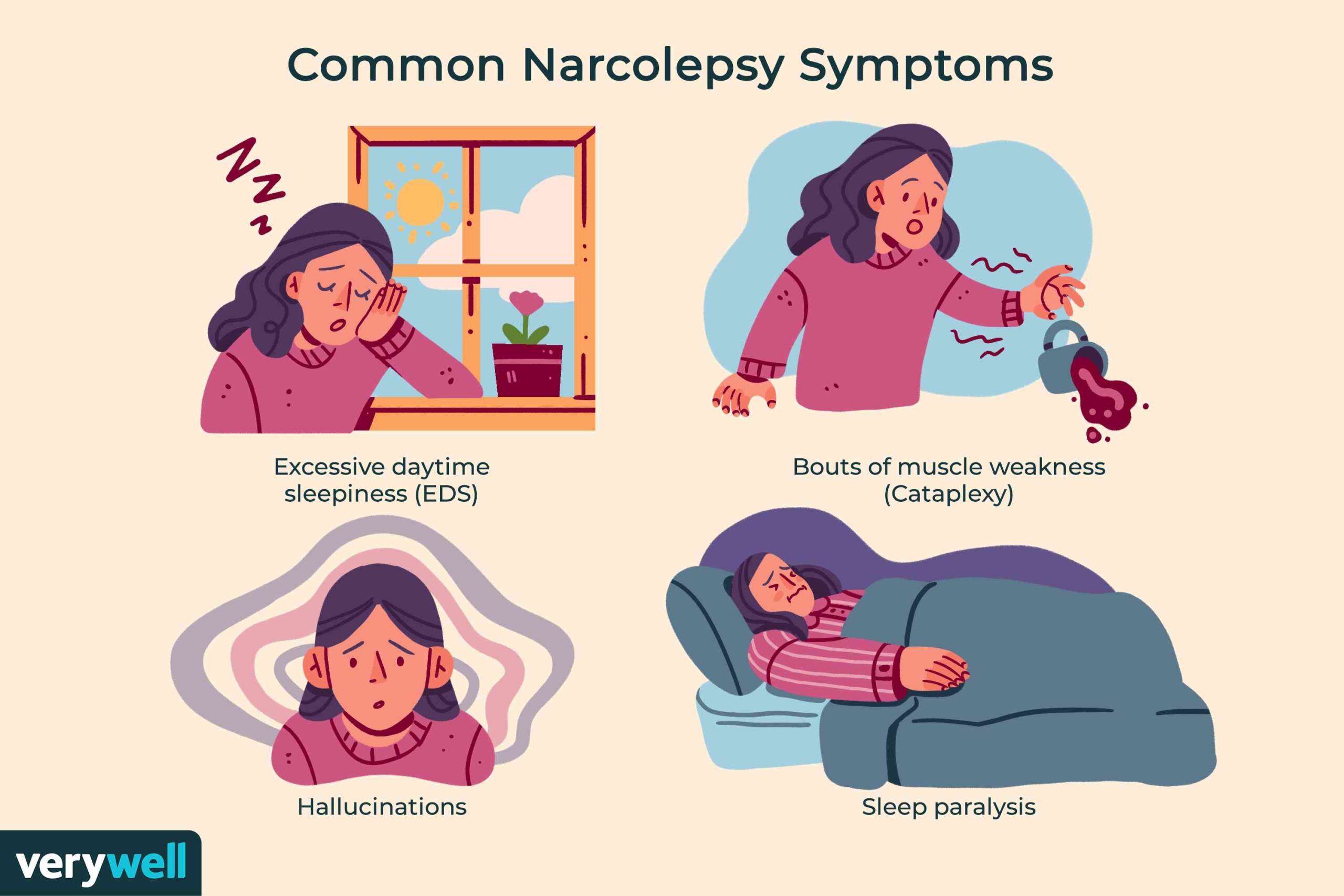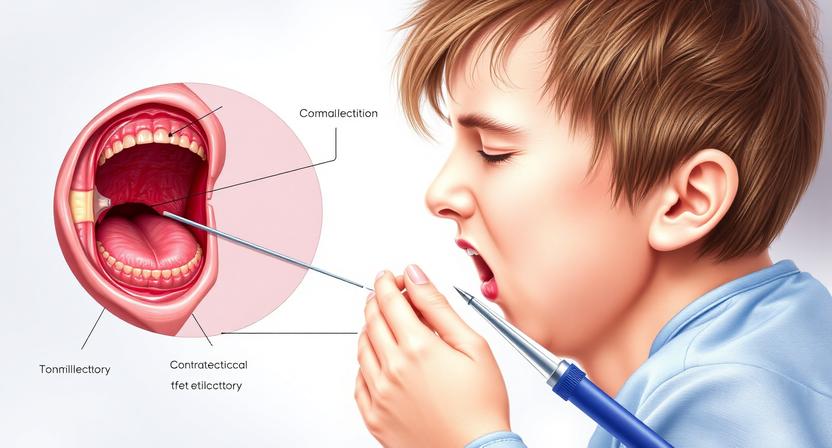How does limiting alcohol decrease blood pressure-various aspects-
10 ways to manage high blood pressure without medication
By implementing these 10 lifestyle modifications, you can reduce your blood pressure and minimize your chances of heart disease.
By Mayo Clinic Staff
If you are experiencing high blood pressure, you might be questioning whether medication is necessary for treatment. However, changing your lifestyle is crucial in managing high blood pressure. Adopting a healthy lifestyle to regulate blood pressure may prevent, postpone, or decrease the reliance on medication.


Here are 10 lifestyle modifications that can help lower blood pressure and maintain it at a stable level.
1. Shed excess weight and monitor your waist size
Blood pressure frequently rises as body weight increases. Being overweight can also lead to disrupted sleep patterns, known as sleep apnea. Sleep apnea can further elevate blood pressure.
Losing weight is one of the most effective methods for managing blood pressure. If you are overweight or have obesity, shedding even a modest amount of weight can assist in lowering blood pressure. Blood pressure is quantified in millimeters of mercury (mm Hg). Typically, blood pressure may decrease by approximately 1 mm Hg for every kilogram (about 2. 2 pounds) of weight decrease.
Additionally, waist size is crucial. Carrying excessive weight around the abdomen can increase the risk of high blood pressure.
In general:
Men are at risk if their waist measurement exceeds 40 inches (102 centimeters).
Women are at risk if their waist measurement exceeds 35 inches (89 centimeters).
These figures differ among various ethnic groups. Consult your healthcare provider regarding a healthy waist measurement for you.
2. Engage in regular exercise
Consistent aerobic exercise can help lower high blood pressure by about 5 to 8 mm Hg. Continuing to exercise is essential to prevent blood pressure from rising again. As a general goal, strive for at least 30 minutes of moderate physical activity every day.
Exercise can also aid in preventing slightly elevated blood pressure from escalating into high blood pressure, often referred to as hypertension. For individuals with hypertension, regular physical activity can help reduce blood pressure to safer levels.
Some aerobic exercise options that can assist in lowering blood pressure include walking, jogging, biking, swimming, and dancing. Another beneficial form of exercise is high-intensity interval training, which combines short bursts of vigorous activity with periods of lighter activity.
Strength training can also contribute to lowering blood pressure. Aim to incorporate strength training routines at least two days each week. Consult a healthcare professional to create an exercise program tailored for you.
For update on further important health related topics and frequently asked questions on health topics by general population please click on the link given below to join our WhatsApp group –
https://chat.whatsapp.com/Lv3NbcguOBS5ow6X9DpMMA
3. Follow a nutritious diet
Consuming a diet high in whole grains, fruits, vegetables, and low-fat dairy, while being low in saturated fats and cholesterol, can lower high blood pressure by up to 11 mm Hg. Diet plans that can aid in managing blood pressure include the Dietary Approaches to Stop Hypertension (DASH) diet and the Mediterranean diet.
Potassium in the diet can reduce the impact of table salt and sodium on blood pressure. Food manufacturers frequently incorporate sodium into processed foods to enhance their salty flavor. Strive to consume between 3,500 and 5,000 milligrams (mg) of potassium each day. It may decrease blood pressure by 4 to 5 mm Hg. Consult your healthcare provider regarding the appropriate amount of potassium for you.
4. Reduce salt and sodium in your diet
Even a slight reduction in sodium consumption can benefit heart health and blood pressure. The influence of sodium on blood pressure differs among various populations. Generally, cap sodium intake at 2,300 mg per day or less. However, for most adults, the recommended target is to restrict sodium to 1,500 mg per day or less. Achieving this may decrease high blood pressure by about 5 to 6 mm Hg.
To reduce sodium in the diet:
Read food labels. Seek low-sodium alternatives for foods and beverages.
Consume fewer processed foods. Only a minimal quantity of sodium is found naturally in foods. The majority of sodium is added during the processing stage.
Avoid adding table salt. Utilize herbs or spices to enhance the flavor of food.
Cook. Preparing food allows you to manage the sodium content of your meals.
5. Limit alcohol
Restricting alcohol intake to less than one drink per day for women or two drinks per day for men may aid in lowering blood pressure by approximately 4 mm Hg. One drink is equivalent to 12 fluid ounces of beer, 5 ounces of wine, or 1. 5 ounces of 80-proof liquor.
However, excessive alcohol consumption can significantly increase blood pressure levels. It can also diminish the effectiveness of blood pressure medications.
6. Quit smoking
Smoking elevates blood pressure. Ceasing smoking contributes to reducing blood pressure. Additionally, it can decrease the risk of heart disease and enhance overall health, potentially resulting in a longer lifespan.
7. Get a good night’s sleep
Consistently getting less than seven hours of sleep nightly for extended periods can contribute to hypertension. Conditions that may interfere with sleep include sleep apnea, restless leg syndrome, and general sleeplessness, known as insomnia.
Adults should strive to get between 7 and 9 hours of sleep each night. Inform your healthcare provider if you frequently encounter sleep difficulties. Identifying and addressing the underlying cause can improve sleep quality. If sleep apnea or restless leg syndrome isn’t present, adhere to these straightforward tips for achieving more restful sleep.
Stick to a sleep schedule. Retire to bed and rise at the same time every day. Attempt to maintain the same schedule on weekdays and weekends.
Create a restful space. Ensure that the sleeping environment is cool, quiet, and dark. Engage in a relaxing activity in the hour leading up to bedtime, such as enjoying a warm bath or practicing relaxation exercises. Dim or switch off bright lights, such as those from a TV, smartphone, or computer screen.
Watch what you eat and drink. Avoid going to bed either hungry or overly full. Refrain from consuming large meals close to bedtime. Also, limit or eliminate nicotine, caffeine, and alcohol intake near bedtime.
8. Alleviate stress
Chronic stress may contribute to elevated blood pressure. Additional studies are necessary to better understand the impact of stress relief methods on lowering blood pressure.
However, identifying the sources of your stress—like work, family, finances, or health issues—can be beneficial. Once you are aware of your stress triggers, you can explore ways to manage them. Consider the following:
Avoid overcommitting. Organize your day and concentrate on your most critical tasks. Learn to decline additional responsibilities. Ensure you allocate sufficient time to complete necessary tasks.
Concentrate on matters that you can influence and create strategies to address them. If a work-related issue arises, discuss it with a supervisor. For disputes with your children or partner, seek solutions to resolve them.
Steer clear of stress-inducing situations. For instance, if heavy traffic during peak hours causes stress, consider traveling at alternative times or utilizing public transportation. If possible, avoid individuals who create stress.
Set aside time to unwind. Dedicate a few moments daily to sit quietly and practice deep breathing. Make room for activities that you enjoy, such as walking, cooking, or volunteering.
Express gratitude. Demonstrating appreciation for others can contribute to reduced stress.
9. Monitor your blood pressure at home and schedule regular checkups
You can take your blood pressure at home to ensure that your medications and lifestyle adjustments are effective.
Home blood pressure monitors are broadly available and do not require a prescription. Consult a healthcare professional about home monitoring before beginning.
Regular appointments with a healthcare provider are essential for managing blood pressure. If your blood pressure is stabilized, inquire with your healthcare professional about the frequency of checks you may need. You might only need to check it once daily or even less often.
10. Manage your cholesterol and blood sugar
Elevated blood sugar and high levels of “bad” non-HDL cholesterol increase the likelihood of heart disease. To assist in managing cholesterol and blood sugar, implement some of the same healthy habits that are effective in lowering blood pressure. Maintain a nutritious diet, engage in physical activity, shed unnecessary weight, and refrain from smoking. Adhere to your healthcare professional’s recommendations about controlling cholesterol and blood sugar.
Implementing these 10 lifestyle modifications is a long-term process, and there may be challenging days along the way. So, seek support from your family or friends whenever necessary. Your loved ones may motivate you to take care of yourself, drive you to healthcare appointments, or participate in an exercise regimen with you to help maintain your blood pressure.
If you discover that you require additional support beyond family and friends, consider joining a support group. This can connect you with individuals who can uplift your spirits or enhance your confidence. The support group can also provide practical advice on managing your condition
For update on further important health related topics and frequently asked questions on health topics by general population please click on the link given below to join our WhatsApp group –
https://chat.whatsapp.com/Lv3NbcguOBS5ow6X9DpMMA
Issued in public interest by –
www.entspecialistinnashik.com





